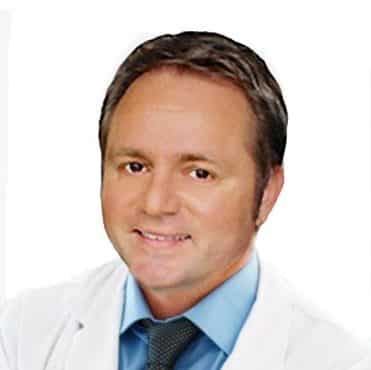Reconstructive surgeries for the correction of defects in the maxillofacial region associated with injuries or with the removal of tumors
The clinic of maxillofacial and maxillofacial plastic surgery is highly specialized for this surgical task. Due to the large number of reconstructive surgeries, there is extensive experience with a wide variety of reconstructive procedures and patchwork techniques. To do this, the operating rooms have the most modern equipment and instruments (operating microscopes with fluorescein angiography, intraoperative CT, etc.)
Dysgnathic surgery
Dysgnathia is a malocclusion in which there is an abnormal position of the jaw (for example, a protruding or receding lower or upper jaw, a pronounced chin, a receding chin, an open bite), as well as an incorrect position of the teeth without. Anomalies of the jaw can be both congenital and acquired.
The position of the jaws to each other and to the facial skull has a great influence not only on the appearance, but also leads to functional disorders: difficult eating, difficult oral hygiene due to the incorrect position of the teeth, improper load on individual teeth and, as a result, their premature loosening and loss.
The aim of the treatment is to restore the functional balance between the temporomandibular joints and chewing muscles and to create a harmonious facial profile.
Distraction osteogenesis is a procedure for replacing the body's own tissues at the site of a defect. In principle, this technique allows new bone formation to be achieved after growth is complete. This is done while preserving and adapting the surrounding soft tissues and vessels. By using this technique, permanent implantation of foreign material can be avoided.
Video
Request appointment
Useful links
Photo gallery







